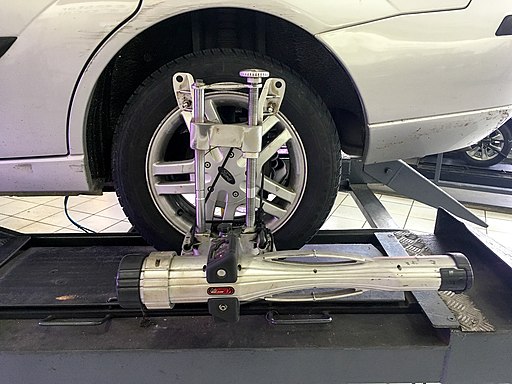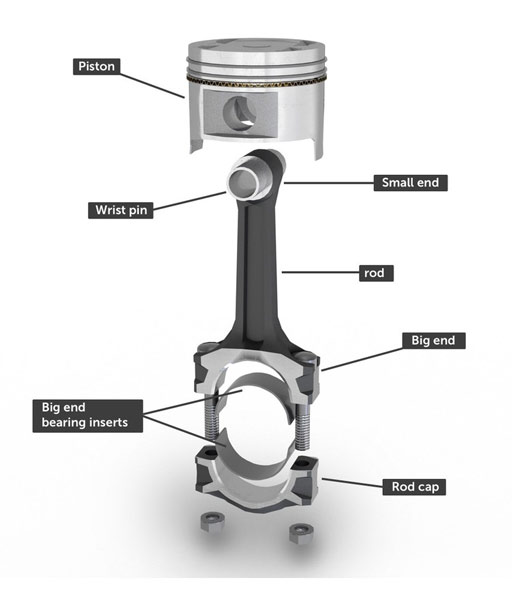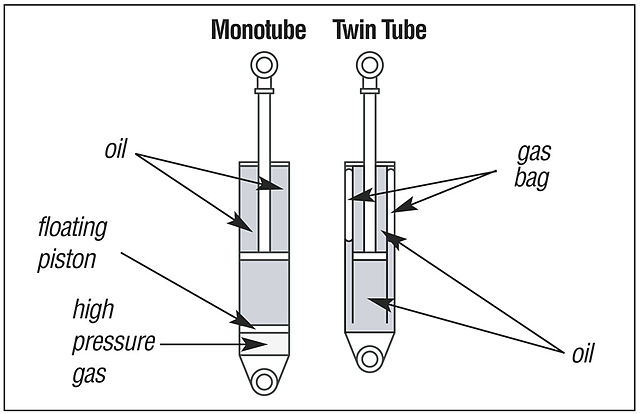 Don’t you just love jargon? From tech support to pension advisors, doctors to builders, every type of expert assumes you’re fluent in their own special language. For many of us, jargon-filled explanations mean that we’re completely lost within the first few sentences. From then on, it’s a matter of nodding and looking intelligent until the ordeal is over.
Don’t you just love jargon? From tech support to pension advisors, doctors to builders, every type of expert assumes you’re fluent in their own special language. For many of us, jargon-filled explanations mean that we’re completely lost within the first few sentences. From then on, it’s a matter of nodding and looking intelligent until the ordeal is over.
When it comes to jargon, we’re sorry to say that car mechanics are no different. A recent RAC survey found that 56% of drivers have problems understanding mechanics when mechanics are decribing faults and possible fixes.
At WVS, we always try to explain faults and repairs to your vehicle as clearly as possible, and we’re specially trained to spot that tell-tale I-haven’t-got-a-Scooby-what’s going-on expression!
Nevertheless, understanding some of the most common mechanical terms might help, so here’s the first part of our guide to Car Mechanic’s Jargon for the Technically Challenged.
Alignment

When your car’s wheels can go out of alignment, it means that they are no longer pointing in precisely the right directions and at the correct angles. This can happen for various reasons, such as hitting a nasty pothole or aggressively curbing the wheels. Misaligned wheels can result in excess or uneven tyre wear, or even tyre failure. Oh, and it will reduce your fuel economy too.
Your garage uses specialist equipment to check and reset the alignment. Just for bonus jargon, this involves resetting the camber, caster and toe, which sound like three characters from a children’s book.
Balancing
If your vehicle’s wheels need balancing, you might be asking yourself ‘Balancing on what? On a shelf? On each other?’
In fact, wheel balancing is a process that’s done to counteract any small inconsistencies in a wheel. These can cause vibration, which is especially noticeable through the steering wheel.
Balancing your wheels involves adding tiny lead weights to the rim of the wheel – it’s straightforward with the right equipment and know-how.
Big End

Years ago, motorists were often told that their ‘big end had gone’, a line which surely must have been used in a Carry On film.
Your engine’s pistons are connected to the crankshaft — the part that actually spins and drives the wheels — by a series of rods. These are called conrods or connecting rods. As you can see in the diagram, the big end is the end of the rod which connects to the crankshaft.
If this part fails (and there are various reasons for that), it can lead to major damage. Trouble is usually indicated by knocking sounds from the engine, especially when you’re accelerating. Fortunately, big ends are tougher than they used to be, which is another nice comedy line.
Bushes
A suspension bush is a shock-and-vibration-absorbing cushion that sits between various parts of the suspension. It typically has a metal outer section and an inner component that’s made of silicone or nitrile rubber.
Bushes are prone to wear (stop giggling at the back!), which can make your car’s ride progressively more hard and uncomfortable. The suspension and steering can also get noisy. Bushes themselves aren’t that expensive, but replacing them inevitably involves labour costs.
Cambelt/Timing Belt
Made from incredibly tough composite materials, the cambelt (timing belt) is — as the name suggests — a big toothed belt. Its job is to keep major components of your engine moving in perfect synchronisation.
Cambelts need replacing periodically (the manufacturer always has a suggested schedule), which nowadays prevents most failures. That’s a good thing, as cambelt failures can wreak expensive havoc on your engine.
Dampers

Dampers are also known as shock absorbers. They are a key part of a suspension system, and work alongside springs to let the car travel smoothly.
A damper is basically a piston sitting inside an oil-filled, or oil-and-gas-filled cylinder. These prevents the car’s springs from continuing to bounce you up and down like a trampoline every time you hit a bump.
Over time, dampers gradually wear and may need replacing. It’s important to get this done because worn dampers can affect the car’s stopping distance and roadholding.
Stay tuned for next time, when we’ll be back with more jargon-busting explanations.
The WVS blog covers a wide range of automotive topics, from the contentious to the light-hearted. We are an independent garage specialising in all the VW group marques, including Audi, Volkswagen, Skoda and SEAT. WVS provides services, repairs and MOTs, delivering a main dealer level of care at affordable prices. To book your vehicle in, or for any enquiries, get in touch.

